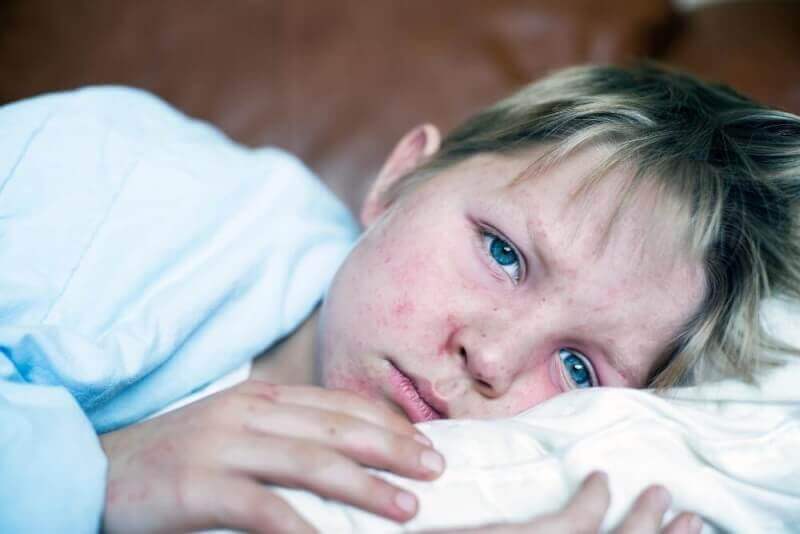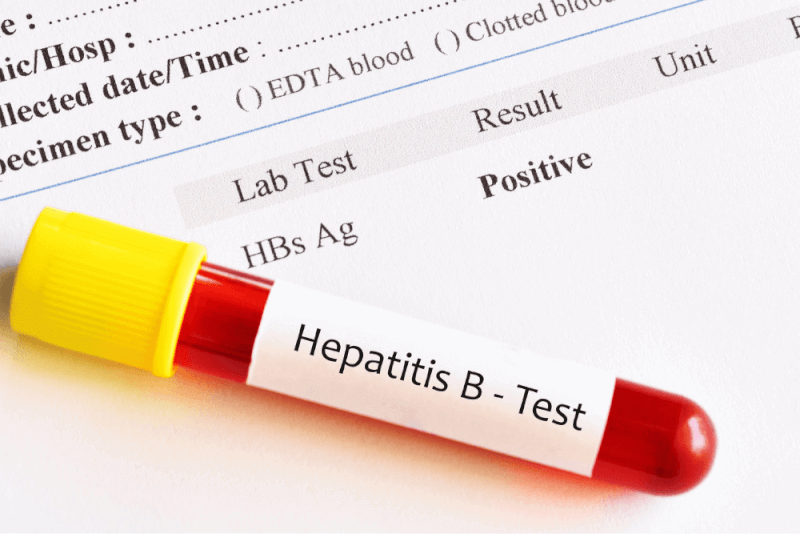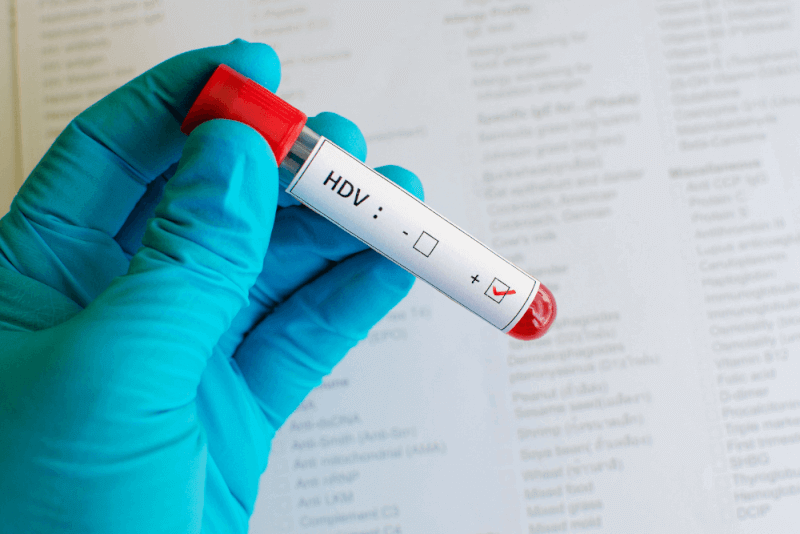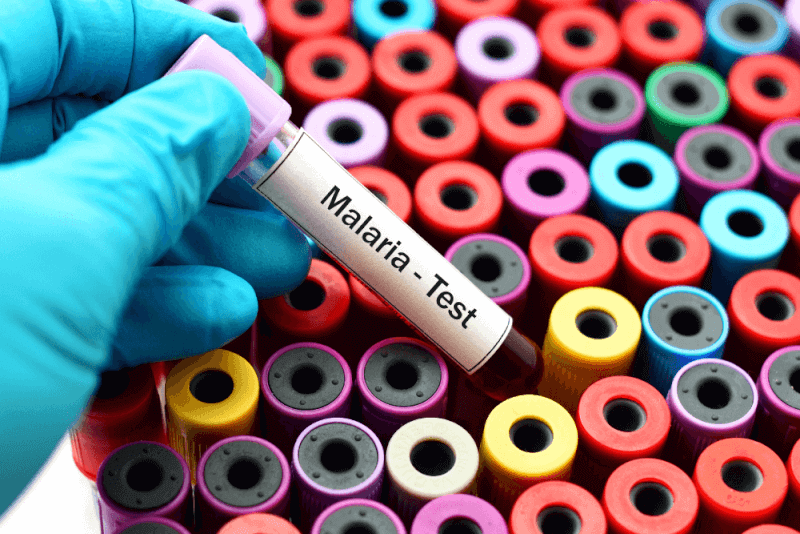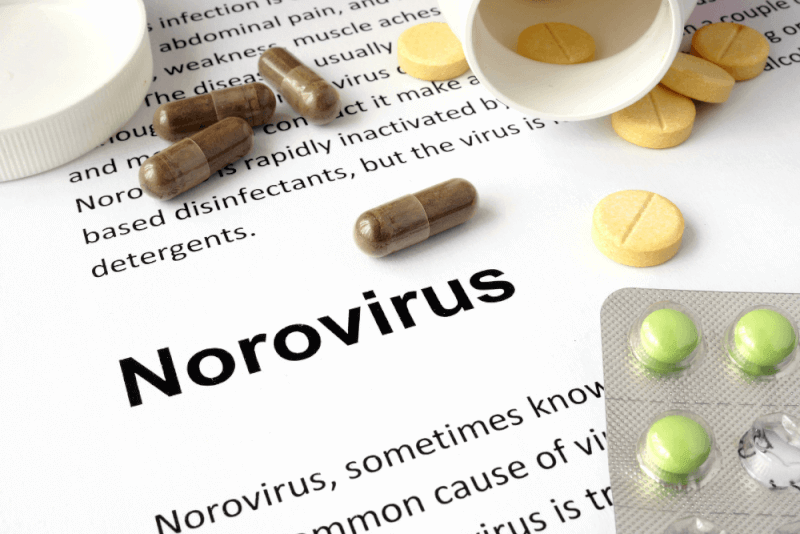30 Second Summary
- Measles is a respiratory viral disease that causes high fever, cough, runny nose and rash.
- The measles vaccine is usually given in two doses to children under 12 months of age.
- The measles vaccine is the best way to prevent measles.
- Measles can be serious, especially in young children and unvaccinated people.
What is measles?
Measles, one of the pediatric diseases, is a disease that can be seen in all age groups. Measles, one of the virus-borne diseases, is a human-borne disease. Measles, which causes flu and skin rash, is transmitted from person to person through the respiratory tract. Measles, which occurs especially in spring and fall, is usually seen in people who have not been vaccinated or who have not had measles before.
During measles, especially in children, there is a serious drop in body resistance, which can lead to otitis media, pneumonia and meningitis. In addition to being highly contagious, the risk of infection persists as long as the rash persists.
Measles diagnosis
In addition to early symptoms, skin rashes are used as criteria for the diagnosis of measles. Tests may be needed to make a definitive diagnosis of measles. These include serogenic tests, which measure the level of antibodies in the blood, as well as other blood tests, urine tests and swab tests.
Causes of measles
Measles is caused by the measles virus. The human measles virus can be controlled by vaccination. It is therefore possible to list the risk factors that increase the risk of measles as follows:
- Being unvaccinated is the biggest factor that increases the risk of getting measles.
- Traveling, especially to countries with low immunization rates and therefore where measles is common
- Vitamin A deficiency
Symptoms of measles
The first symptoms of measles are similar to those of influenza. Later symptoms vary during the course of the disease.
1 and 3. between days
Symptoms seen in the first days of the disease include the following:
- Mild or high fever
- Runny nose
- Dry cough
- Redness of the eyes
- Small white spots on the gums around the upper molars and inside the cheeks. These spots are also the hallmark of measles.
4 and 8. between days
The characteristic rashes of measles appear during these days. In addition, fever up to 39 to 40 degrees is accompanied by symptoms. The measles rash starts primarily behind the ear. It then spreads to the face, trunk, arms and legs. The fading of the rash occurs in the same sequence.
With the onset of the rash, the skin becomes edematous in some patients. The severity of the disease is parallel to the prevalence of the rash. During this time, the color of the rash turns brown and fades. Afterwards, scaling is observed.
High fever may also be observed with the onset of the rash. Swollen lymph nodes and weakness may also be observed. In rare cases, complications can occur if the fever does not go down. Among these complications, a clinical picture called black measles, characterized by hemorrhagic rashes, can be seen. This is the most severe form of measles and can be fatal.
15- 17. between days
Body 15. After a day, the disease is under control. During this process, serious complications can occur in people whose immune system is not working properly. In addition to these symptoms, inflammation of the conjunctiva of the eye can also be seen in patients. Other symptoms that may be seen in patients include the following:
- Eyes are sensitive to light
- Inflammation in the eye
- Eye tearing
- Fatigue
- Sore throat
- Fatigue
Complications of measles
Complications of measles are caused by the spread of an inflammatory condition called the morbili virus or the attachment of bacteria to the rash. In some cases, measles also causes appendicitis. In addition, the measles virus also affects the nervous system. Although rare, measles patients can also develop meningitis or Guiallain Barre Syndrome.
Measles can cause complications even years later. Among these, Subacute Sclerosing Panensedalttir is a feared complication of measles, especially in children aged 7 to 8 years. In its early stages, SSPE causes behavioral disorders, but in later stages it causes involuntary muscle contractions and usually leads to death within 2 years.
Apart from these, other complications caused by measles include the following:
- Cough
- Chest pain
- Brain inflammation
- Pneumonia
- Krup
- Bronchitis
- Febrile seizures
- Vomiting or diarrhea that can cause dehydration
Measles treatment
Treatment of measles is aimed at alleviating symptoms. Because there is no cure for the disease. For this reason, measles prevention, i.e. vaccination, is a priority. The methods used to treat measles include the following:
- Diseases should first of all take care to consume plenty of fluids. It is necessary to consume plenty of fluids such as water, fruit juice and soup.
- Antipyretics can be used if the fever reaches dangerous levels.
- Patients with cough and sore throat can benefit from air humidifiers to relieve these complaints, which will help to relax the airways.
- Patients with light sensitivity should stay away from sunlight or use sunglasses when going out in the sun to reduce their complaints.
- Vitamin A supplementation helps to alleviate the symptoms.
- In case of infection, including infants, the measles vaccine should be given within the first 72 hours.
- Babies, pregnant women and people with low immunity can receive injections of a protein called serum globulin. If this injection is administered within 6 days of exposure to the virus, proteins that prevent measles can be formed.
- Aspirin should be avoided during the illness. Otherwise, much more serious problems can occur.
- If measles is accompanied by otitis media or pneumonia, they will receive antibiotics prescribed by the doctor.
Measles vaccine
The measles vaccine is included in the infant vaccination schedule in most countries and is administered free of charge. Usually the first dose should be administered at the age of 1 year. The measles vaccine administered to 9-month-old babies has a protection rate of 85%, while the protection rate for children over 12 months is 95%. The reinforcement dose is given between the ages of 4 and 6. However, in the event of an outbreak, the booster vaccination can be brought forward. Some babies do not develop immunity on the first application. However, after the second application, everyone without exception develops immunity. If 93% of the population is vaccinated, there will be no measles cases.
After the measles vaccination, redness and swelling may appear at the vaccination site. In addition, side effects such as rash and fever may occur in people who have received the vaccine. When the vaccine is administered to adults and adolescents, pain in the joints is observed. These symptoms are mild after vaccination.
People who were not vaccinated against measles in childhood usually do not need to be vaccinated in adulthood. However, people with high risk factors or adults who will be in environments with a high risk of measles should be vaccinated against measles.
Who cannot be vaccinated against measles?
To prevent measles, the general population must be vaccinated. However, measles vaccination is not recommended for people with certain risk factors. These groups include the following:
- Pregnant women
- Receiving radiotherapy treatment
- Chemotherapy treatment
- People with platelet deficiency in their blood
- People with infectious diseases such as pneumonia or tuberculosis
- Those with high fever
What to watch out for in measles
Once a child has been diagnosed with measles, certain points must be taken into consideration to prevent the spread of the disease. Among the points to be considered are the following:
- The diagnosed child should not be sent to school for the first 5 days.
- Once the diagnosis is confirmed, the school should be informed.
- People who come into contact with the patient should be vaccinated in the first 72 hours.
- It is important to prevent home visits.
- The patient should stay in a room separate from the rest of the family and only the caregiver should be allowed to be with the patient.
- The room where the patient stays should be ventilated frequently, sunlight should be ensured and the humidity level should be adjusted.
- The person responsible for the care of the patient must wear a mask.


